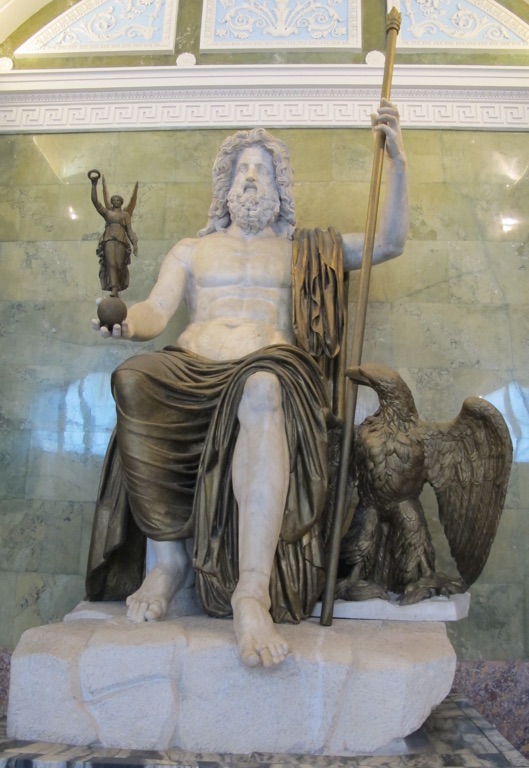The Brain Chamber » Mythology » Page 6
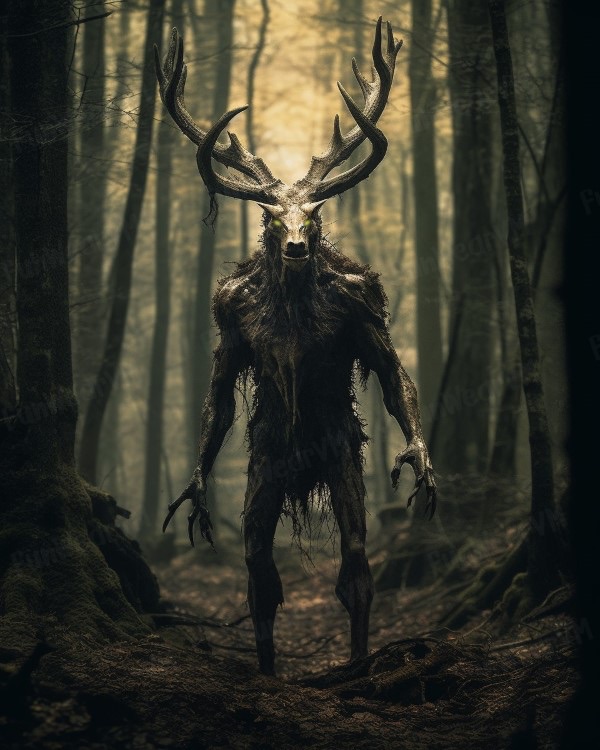
The Wendigo stands at the intersection of myth and caution, a dark blend of human fear and cultural lore. The wendigo, a scary creature, has scared people in North American forests, especially the Algonquian peoples, through stories and the unknown. The wendigo monster, often associated with winter, cold, and famine, embodies insatiable greed and the dangers of overindulgence.
This story is now part of modern horror. However, it originally came from Indigenous beliefs. It teaches lessons that last for many generations.

Medusa is one of the most intriguing figures in Greek mythology. Her story is a blend of beauty, curse, and doom. This mythical Gorgon is widely recognized by her hair of living snakes and gaze that turns onlookers to stone. The medusa story is not just a tale of horror; it symbolizes transformation and power. Ancient tales tell us about Medusa’s beauty before she became a Gorgon. These attributes have made Medusa symbol a compelling subject in art and literature throughout the ages.
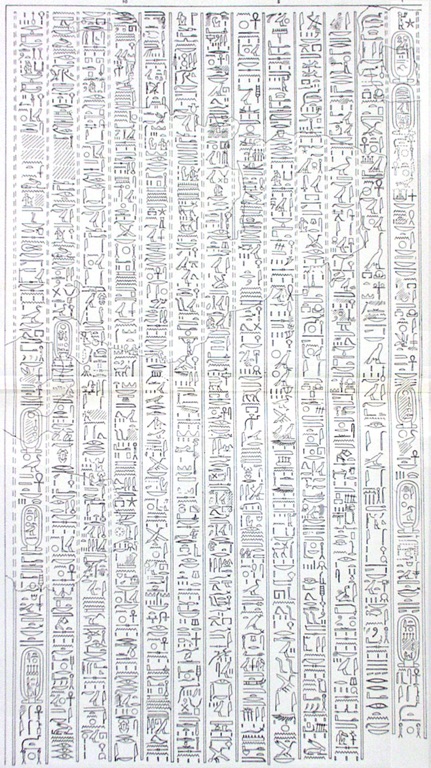
In the rich tapestry of ancient Egyptian mythology, the sun god Aten occupies a fascinating niche. Initially a lesser deity, Aten rose to prominence during the reign of Pharaoh Akhenaten, around 1353-1336 BCE. Unlike the more traditional depictions of sun gods with human or animal forms, Aten was uniquely represented by a solar disc radiating hands that bestowed life-giving rays onto the pharaoh and the kingdom. Akhenaten’s revolutionary religious reform focused solely on Aten, promoting monotheism in a historically polytheistic society. This shift resulted in the construction of a new capital city, Akhetaten, dedicated to Aten, and the unprecedented attempt to sweep away the old gods in favor of this singular, all-encompassing deity.
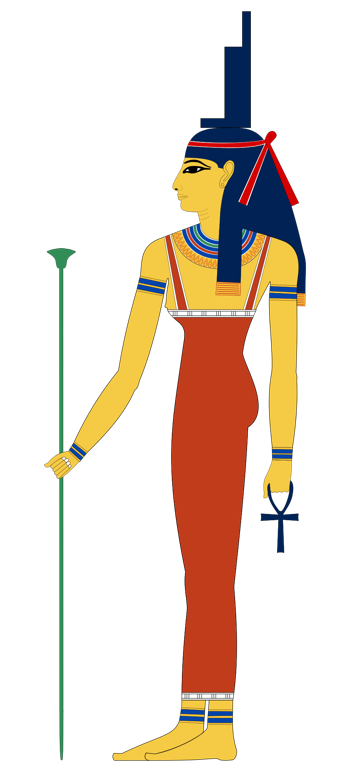
Isis, the ancient Egyptian goddess, remains one of the most significant deities from the pantheon. She symbolizes motherhood, fertility, and magic. Dating back to the Old Kingdom period, Isis gained a following that thrived through various dynasties. This worship continued even after the decline of the Egyptian civilization, as Greco-Roman cultures adopted Isis into their own beliefs. The goddess was wife to Osiris, god of the underworld, and mother to Horus, the sky god. Egyptians revered her for her unwavering loyalty to her husband and her role in restoring him to life. Temples erected in her honor, such as the grand temple at Philae, became pilgrimage destinations. They underscored her importance in society and religion.
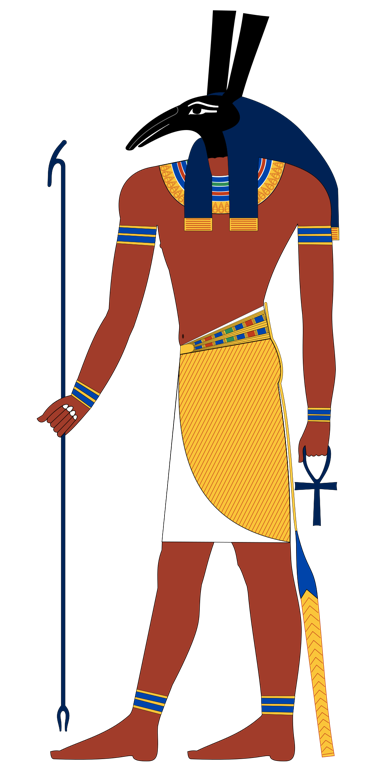
In ancient Egyptian mythology, Seti, also known as Seth, stands out as a complex deity. He governs chaos, deserts, storms, and war. Unlike other gods, Seti’s story evolves over time. In early myths, he was a respected protector of Ra, the sun god. Seti would fend off the serpent, Apep, during Ra’s nightly voyage through the underworld. This role earned him the honor among the gods. As stories evolved, Seti’s image changed. He became known for trickery and violence, particularly in the Osiris myth. Here, Seti kills and dismembers his brother Osiris, only to be defeated by his nephew Horus. Despite his dark traits, Egyptians also saw him as a necessary force. He balanced out the order maintained by other deities. Seti’s complexity reflects the intricacy of Egyptian theology. It showcases their comfort with the duality of life’s forces.
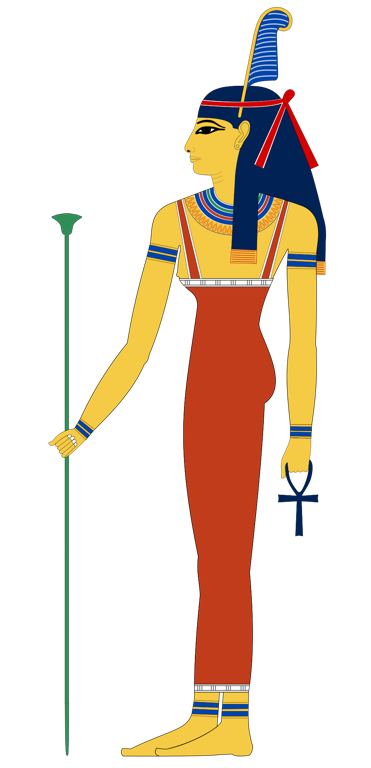
The ancient Egyptian concept of Ma’at stands at the heart of the civilization’s ethos, representing truth, balance, order, and justice. Integral to both earthly life and the afterlife, Ma’at was not only a divine force but also an abstract idea. The Egyptians believed that adherence to Ma’at ensured the stability of society and the regularity of the cosmos. Pharaohs were its chief advocates and enforcers, responsible for maintaining Ma’at in the kingdom. This divine principle was visually depicted as a goddess, typically shown as a woman donning an ostrich feather or holding a scepter and ankh, signifying life. Temples and tombs frequently displayed representations of Ma’at, underscoring her encompassing influence on ancient Egyptian culture.

